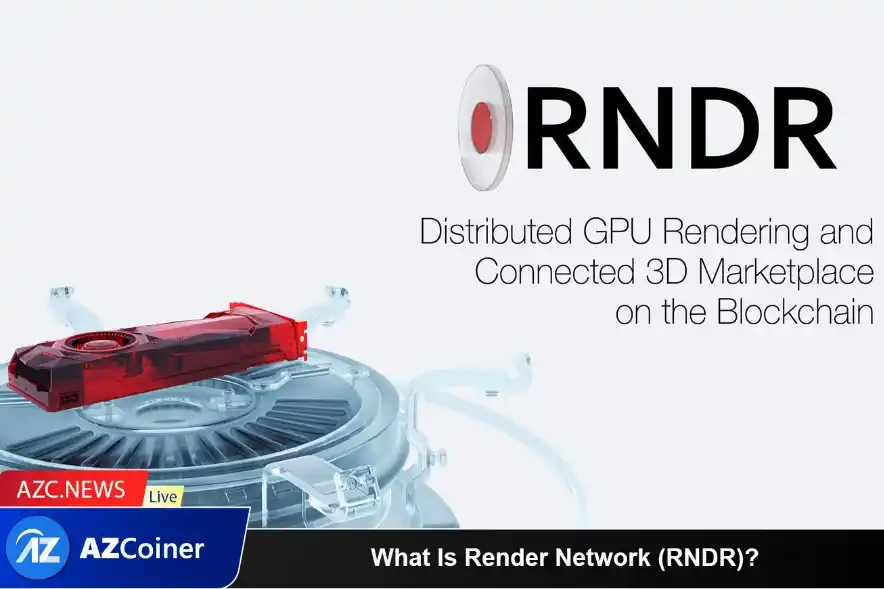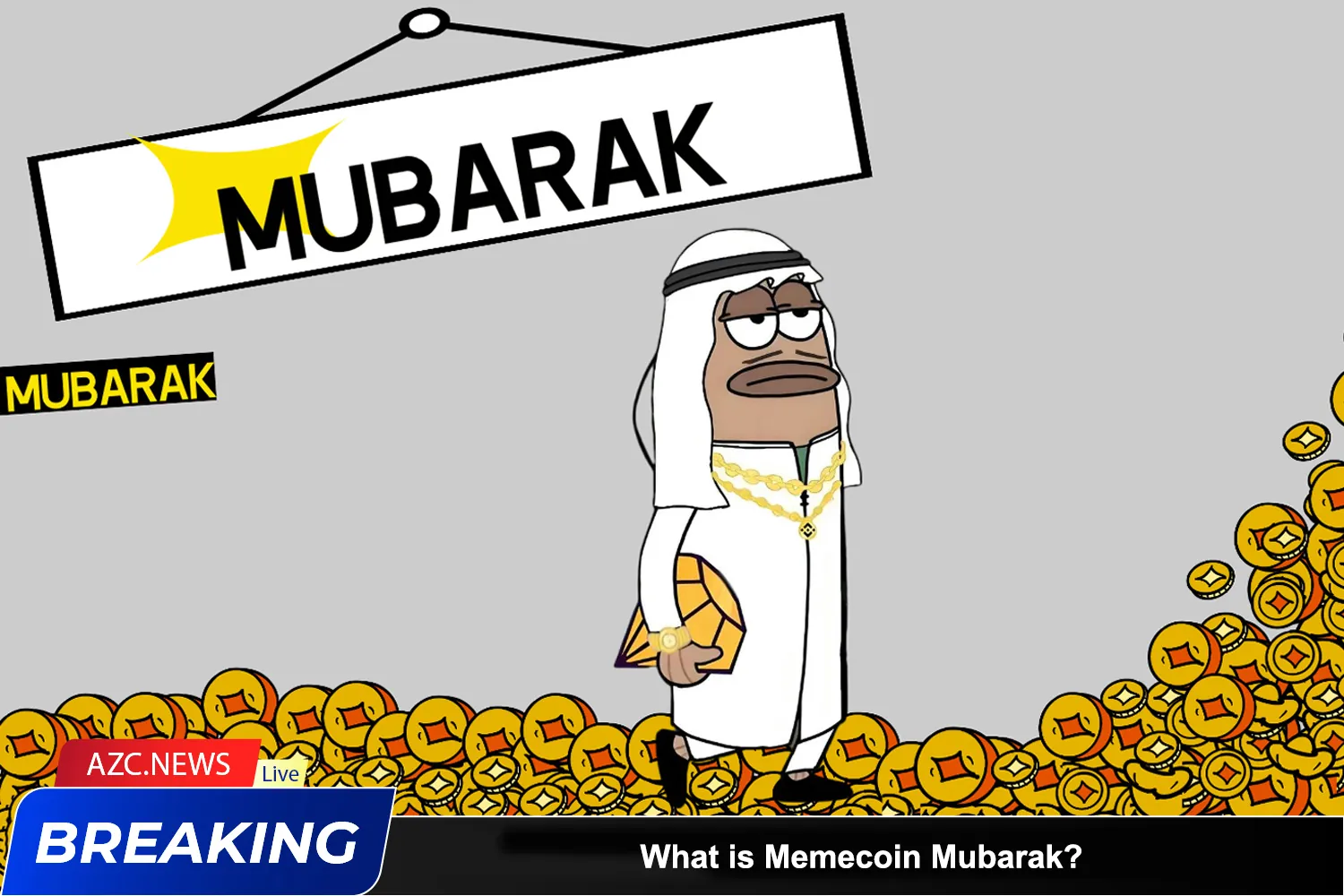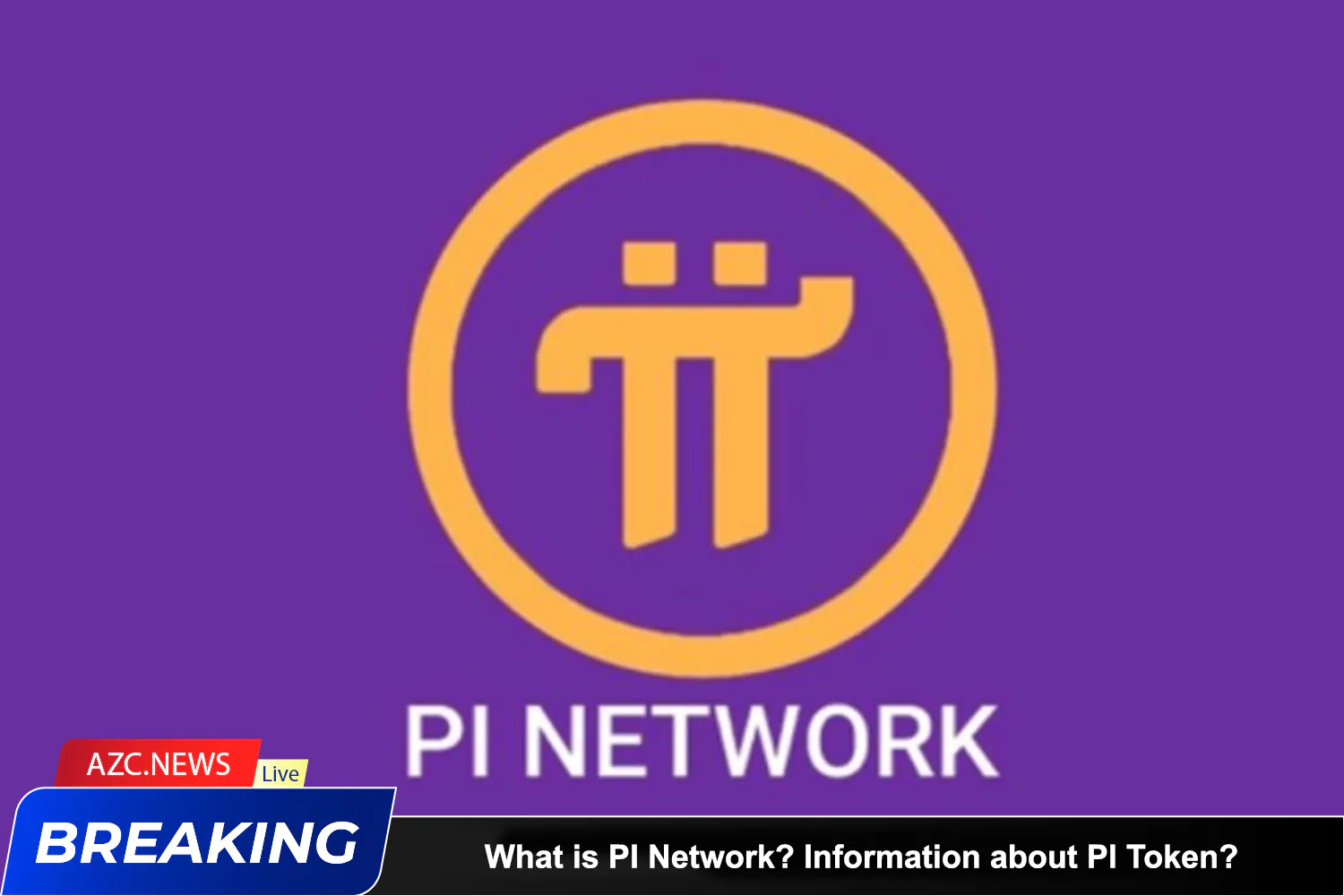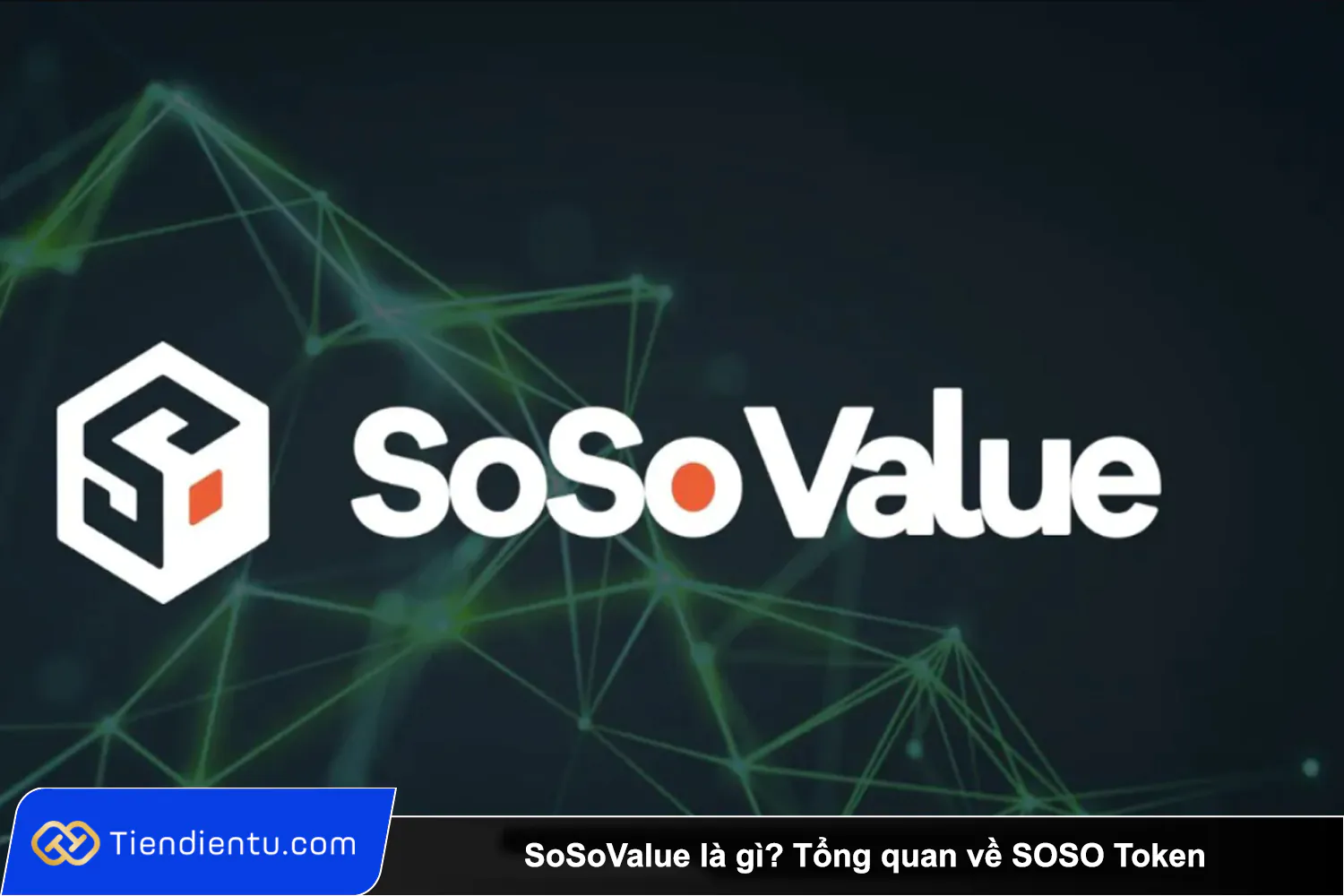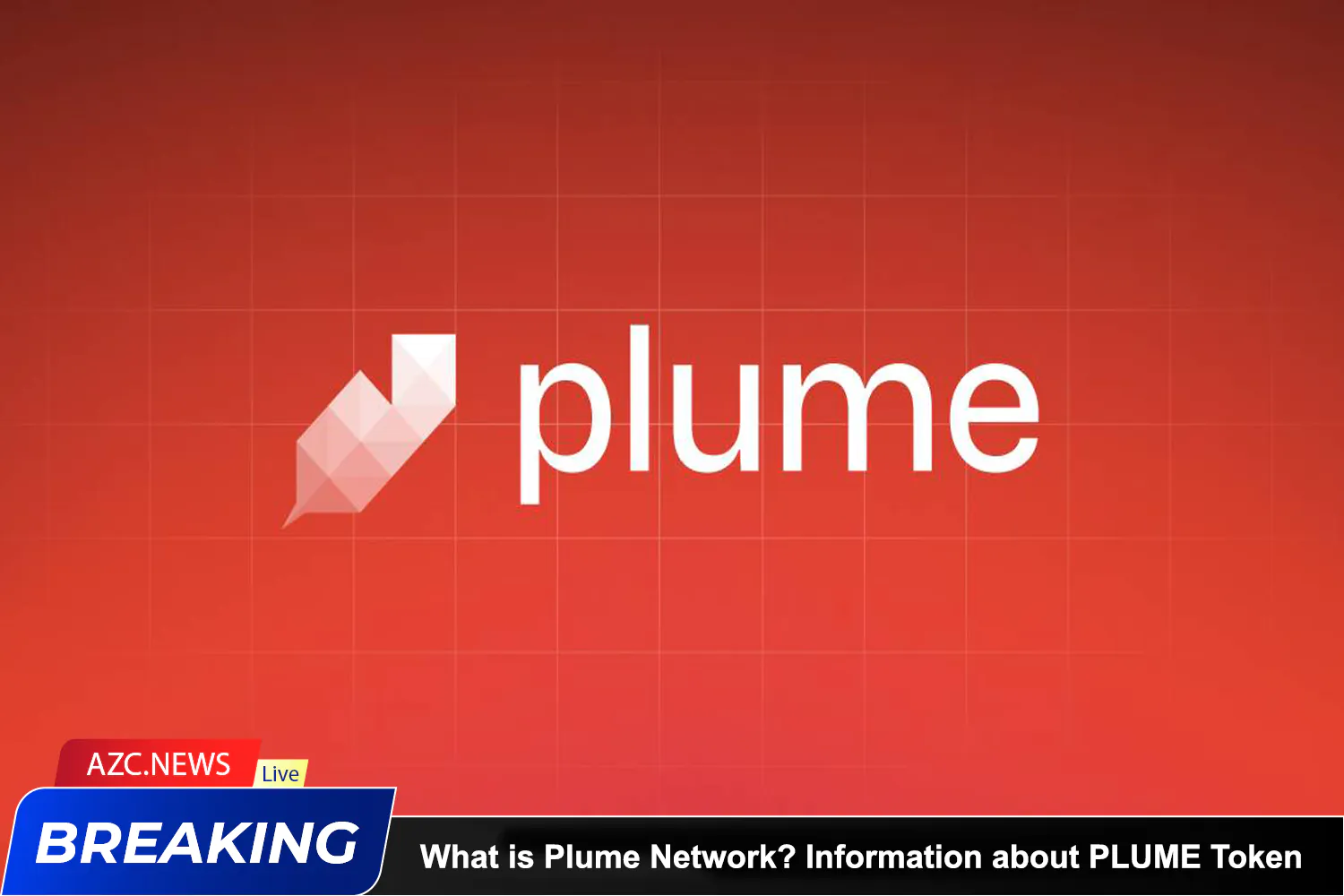What is Render Network?
Render Network is a Graphics Processing Unit (GPU) network, the process of creating 3D images using the GPU processing unit, the finished products after this processing are called renderings.
Render Network can be understood as a network connecting users who need to render their work using GPU (graphics processing unit), which is often widely used in 3D design. Render Network provides GPU cloud rendering service so users can participate and use the service conveniently.
Once users register their idle GPUs on the Render Network, they will become Node Operators and have the ability to earn Render Tokens (RNDR) from rendering images for customers (Creators).
https://rendernetwork.com/
Note: Rendering or image synthesis is the process of creating images from 2D or 3D models through a computer program. During this process, the Graphics Processing Unit (GPU) also known as “graphics processor” produces a visual result called “Render”.
Render Network’s operating mechanism
Render Network operates as an automated Marketplace with a mechanism to automatically assign Node Operators to perform the job of rendering images according to the Customer’s request (Creator). The process works as follows:
-
Creating a job: The customer (Creator) submits the product to be rendered in ORBX file format using OctaneRender
-
Uploading a job: After submitting a request through the OctaneRender web portal, job conditions and payment in Render Token (RNDR) are calculated and sent to the customer through Render Network’s smart contract.
-
Assigning a job: Render Network’s MTP protocol automatically assigns the appropriate Node Operator to perform the rendering job as requested by the customer.
-
Completing a job: The Node Operator uses OctaneRender to process the assigned render job. Once the job is complete, they send the finished product to the customer via Render Network.
-
Verifying deliverables: Customers can see the Node Operator’s rendering progress in real time and can report any errors during job processing.
-
Payment: After verifying the product’s standards, the customer pays by transferring RNDR tokens to the Node Operator who completed the rendering job through Render Network’s smart contract.
Render Network highlights
-
Participants in Render Network will be able to use GPU calculations in a decentralized way, improving work efficiency thanks to GPU features.
-
There will often be many subjects that need to be used to propose 2D and 3D images such as groups of content creators, designers, 3D artists,… then Render Network is the appropriate connection network.
-
Allows you to make money from personal GPU rendering by programming and providing accelerated processing for many different programs and purposes.
-
GPU not only processes images but is also used for gaming, video, dApps, medicine, AR/ VR (Augmented Reality/ Virtual Reality),…
Related: What Is Internet Computer Protocol? What Is ICP Coin Use For?
Render Network Token (RNDR) Information
Key Metrics
-
Token Name: Render Token
-
Ticker: RNDR
-
Blockchain: Ethereum & Polygon
-
Token Standard: ERC-20, PRC-20
-
Contact: ERC-20: 0x6de037ef9ad2725eb40118bb1702ebb27e4aeb24
-
Token Type: Utility, Governance
-
Total Supply: 523,683,196 RNDR
-
Circulating Supply: 371,908,453 RNDR
RNDR Token Use Case
RNDR is the utility token of Render Network and is applied as follows:
-
Fees for transactions.
-
Propose and vote on important system changes.
RNDR Token Allocation
-
Investor: 21.1%
-
Private Round: 3.03%
-
Public Round: 0.87%
-
Team vs Investor: 10%
-
Foundation: 65%
RNDR Token exchange & storage wallet
Where can investors trade RNDR tokens?
Currently, investors can trade RNDR tokens at:
-
CEX exchanges: Binance, Coinbase, KuCoin,…
-
DEX: Uniswap v3 (Ethereum), Uniswap v3 (Polygon), Uniswap v2, QuickSwap, DFX Finance (Polygon).
In which wallets can investors store RNDR tokens?
RNDR is a token with ERC-20 standards so investors can store it on wallets such as Metamask, Trust Wallet, etc .To facilitate transactions, investors can also store RNDR on their wallets exchanges that list this token.
Roadmaps & Updates
Phase I: Q1 2018
-
Post Token Sale.
-
Activate Enable Cloud services.
Phase II: Q2 2018 – Development Process and Preparation for Peer-to-Peer Transition.
Phase III: Q3/Q4 2018 – Launch of Peer-to-Peer Network.
Phase IV: (TBD) – Focus on expanding the real value and potential of Render Token and ORC network.
Project team
Investors
Render Network has successfully raised 30 million USD from famous investment funds in the crypto market such as Multicoin Capital, Solana Foundation,…
Partner
Summary
Through the overview article about the Render Network (RNDR) project above. AZC.News hopes readers will grasp basic information about this project to make their own investment decisions. Wishing you a successful investment!

